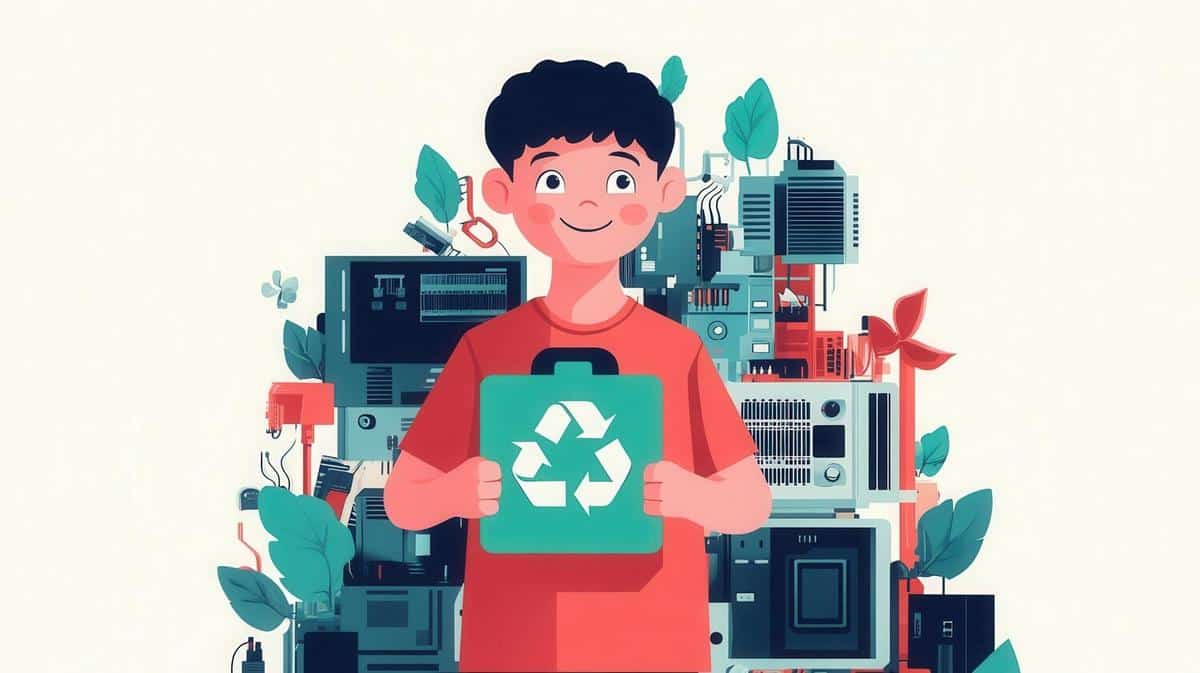
The Journey of Electronic Waste: What Happens Next?
Electronic waste, or e-waste, is an ever-growing concern in our modern society as technology rapidly evolves, leaving behind a trail of obsolete gadgets. Understanding what happens to these electronic items after they are discarded is crucial for managing their environmental impact.
When electronic devices reach the end of their life cycle, they are often discarded without much thought about their eventual destination. The journey of electronic waste starts when consumers dispose of their old electronics. But what happens next? Let’s delve into the process and find out.
The Lifecycle of E-Waste
Once electronic waste is discarded, it typically follows a path through several stages. Initially, e-waste is collected by waste management services or recycling centers. These facilities play a key role in ensuring that electronics are not merely thrown into landfills, where they can cause significant environmental harm due to toxic components like lead and mercury.
Expert Insights
According to the Global E-Waste Monitor 2020, only 17.4% of e-waste was collected and recycled properly in 2019. This highlights the need for improved systems and consumer awareness. Dr. Emma Johnson, a waste management expert, emphasizes, “Proper recycling of e-waste is essential to prevent environmental damage and recover valuable materials.”
Recycling and Recovery
Recycling facilities break down electronic devices to extract valuable materials such as gold, copper, and other metals. These materials can then be reused in the production of new electronics, reducing the need for raw materials. However, the efficiency of this process depends significantly on the technology and methods used by the recycling facility.
Personal Experience
Consider the example of Mike, a tech enthusiast who regularly upgrades his gadgets. By taking his old devices to an authorized recycling center, he ensures that they are processed responsibly. Mike’s actions not only help the environment but also support the economy by contributing to the circular economy model.
Environmental and Economic Impact
The improper disposal of e-waste can lead to severe environmental consequences, including soil and water contamination. Economically, recycling e-waste can recover billions of dollars in valuable materials. The International Telecommunication Union estimates that the global value of recoverable materials in e-waste was approximately $57 billion in 2019.
Actionable Tips
- Always take your e-waste to certified recycling centers.
- Check if your local municipality offers e-waste collection services.
- Consider donating working electronics to charities or schools.
- Stay informed about e-waste recycling programs and initiatives in your area.
E-Waste Management in Numbers
| Year | Total E-Waste (Million Tons) | Recycled E-Waste (Million Tons) | Recycling Rate (%) |
|---|---|---|---|
| 2014 | 41.8 | 6.5 | 15.5 |
| 2015 | 43.8 | 6.7 | 15.3 |
| 2016 | 44.7 | 7.2 | 16.1 |
| 2017 | 46.3 | 8.3 | 17.9 |
| 2018 | 48.5 | 9.3 | 19.2 |
| 2019 | 53.6 | 9.3 | 17.4 |
| 2020 | 54.6 | 10.0 | 18.3 |
| 2021 | 57.4 | 10.3 | 18.0 |
Conclusion
The journey of electronic waste is a complex but crucial process in the realm of waste management. By understanding and participating in responsible e-waste disposal, we can significantly reduce environmental impact and recover valuable resources. As consumers, staying informed and taking advantage of recycling programs can make a real difference.
Frequently Asked Questions
What is e-waste?
E-waste refers to discarded electronic devices such as computers, cell phones, and televisions that are no longer in use.
Why is recycling e-waste important?
Recycling e-waste is important to prevent environmental pollution and recover valuable materials that can be reused in manufacturing new products.
How can I properly dispose of my old electronics?
Take your old electronics to certified e-waste recycling centers or participate in take-back programs offered by retailers and manufacturers.
What happens if e-waste ends up in landfills?
If e-waste ends up in landfills, it can leach toxic substances into the soil and water, causing environmental pollution.